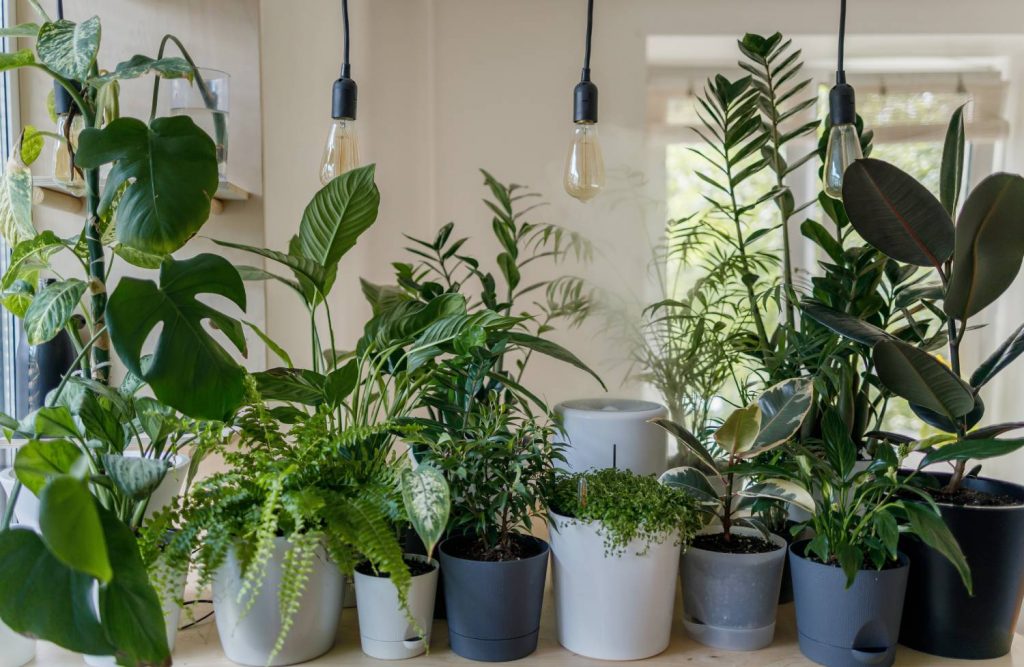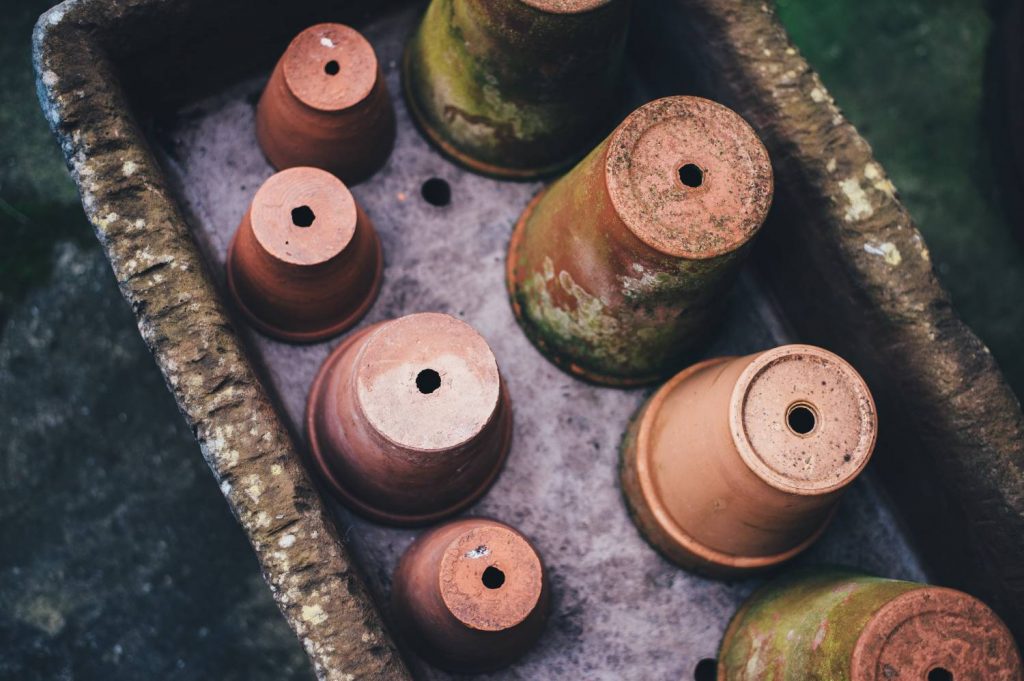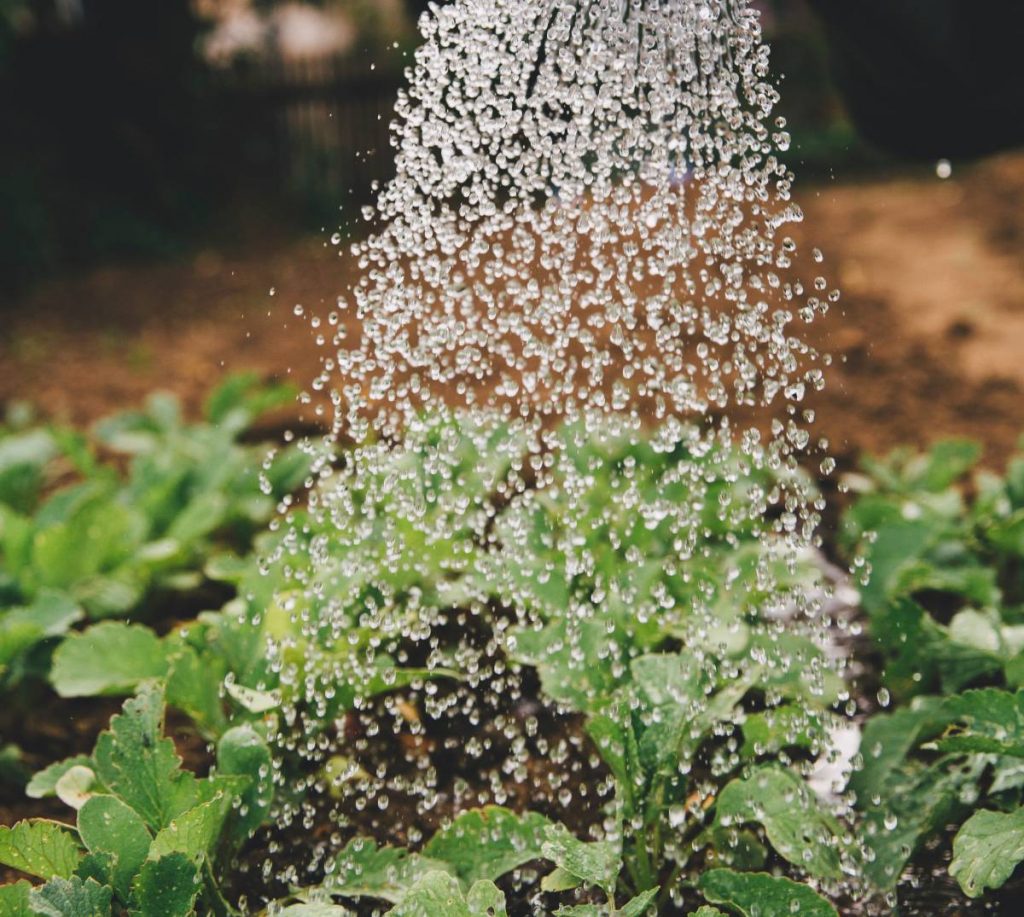The Ultimate Guide to Caring for Houseplants: Tips and Tricks for a Healthy Indoor Jungle
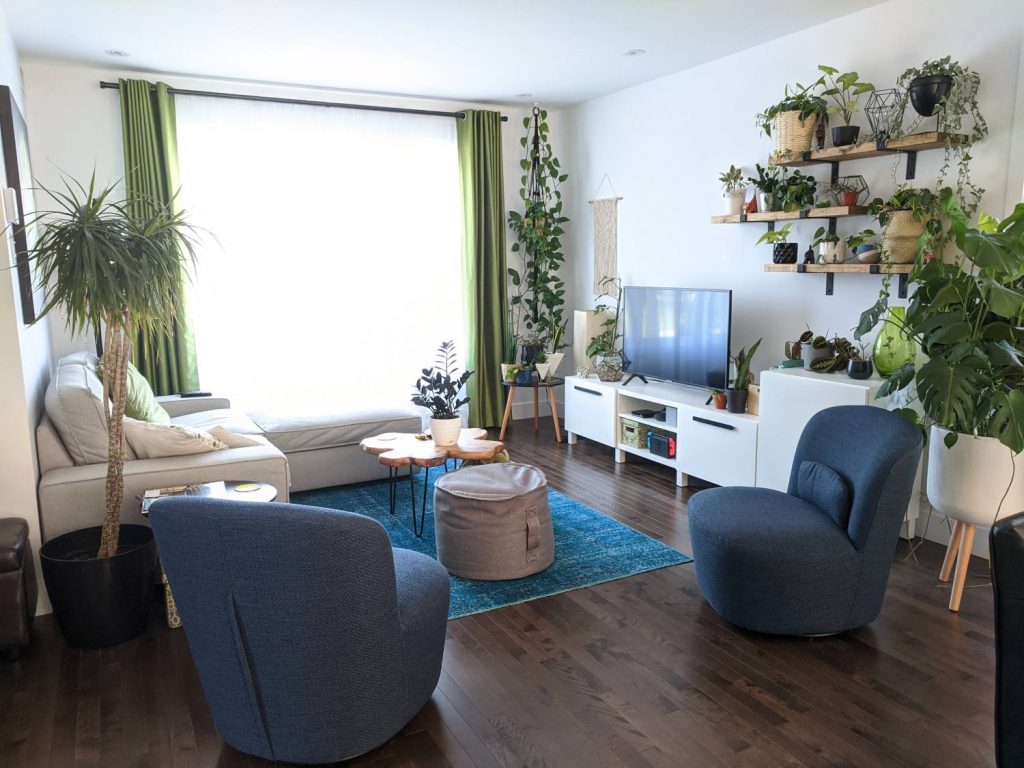
Welcome to the world of houseplants – a magical realm where your home is transformed into a lush, green sanctuary. In this comprehensive guide, we’ll explore the ins and outs of caring for houseplants, ensuring that your indoor jungle remains vibrant, healthy, and ever-growing. Whether you’re a seasoned green thumb or a budding plant enthusiast, our expert tips will help you cultivate an enchanting haven filled with your favorite flora.
- Choosing the Right Houseplants:
The first step in creating a thriving indoor garden is selecting the right plants for your space. Consider your home’s lighting, humidity, and temperature conditions, as well as your own level of commitment to plant care. Some popular, low-maintenance options include:
- Snake Plant (Sansevieria)
- Pothos (Epipremnum aureum)
- Spider Plant (Chlorophytum comosum)
- ZZ Plant (Zamioculcas zamiifolia)
- Lighting and Placement:
One of the most important factors in houseplant care is providing the appropriate amount of light. Each plant has its own specific light requirements, which can be broadly categorized as:
- Low Light: These plants, such as the ZZ Plant and Snake Plant, can tolerate dimly lit spaces and indirect sunlight.
- Medium Light: Pothos and Spider Plants thrive in bright, indirect light, making them perfect for rooms with east- or west-facing windows.
- High Light: Sun-loving plants like the Fiddle Leaf Fig and Aloe Vera need bright, direct sunlight, ideally from south-facing windows.
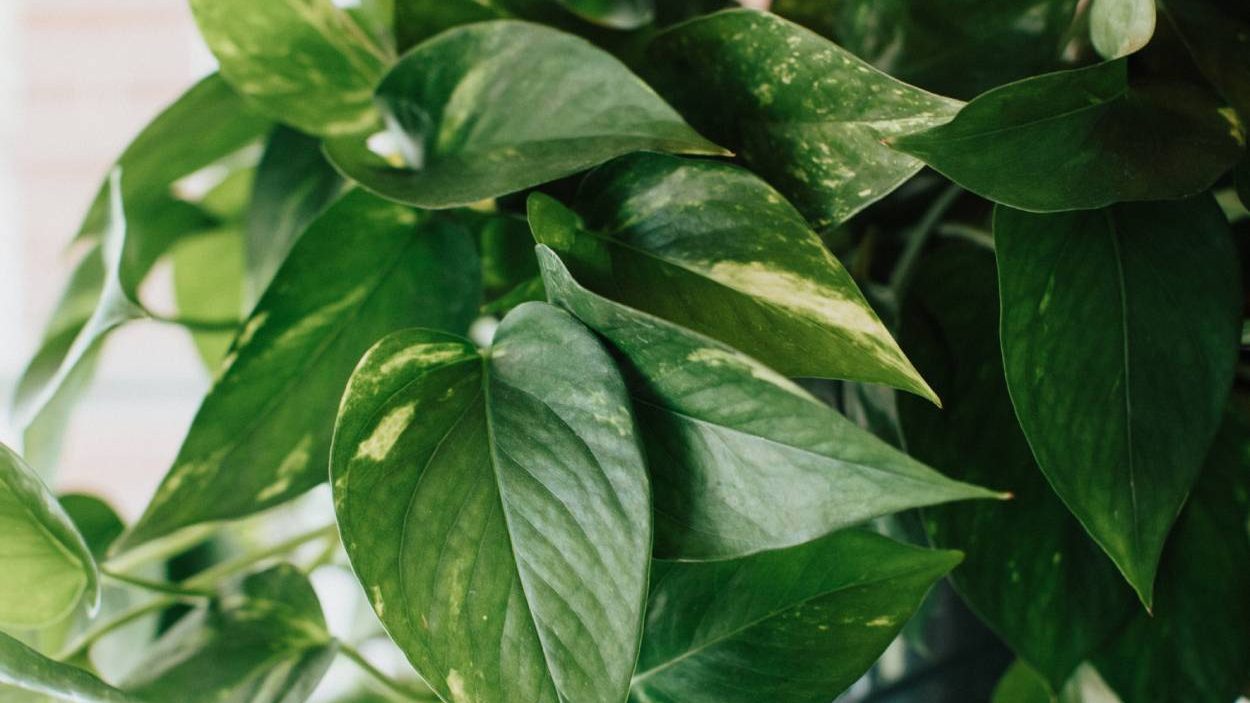
- Watering Your Houseplants:
Watering is a critical aspect of plant care, and it’s essential to strike the right balance. Over-watering can lead to root rot, while under-watering can cause leaves to wilt or turn brown. The general rule is to allow the soil to dry out slightly between waterings. Some helpful tips include:
- Use a moisture meter or the finger test to check the soil’s moisture level.
- Water less frequently during winter months when plant growth slows down.
- Be mindful of each plant’s specific watering needs, as these can vary greatly.
- Feeding and Fertilizing:
Houseplants, like all living organisms, need nutrients to grow and flourish. Regularly feeding your plants with a well-balanced fertilizer ensures they receive essential nutrients. Here’s what you need to know:
- Most houseplants benefit from a balanced, water-soluble fertilizer (e.g., 20-20-20) applied every 4-6 weeks during the growing season.
- Always follow the manufacturer’s instructions on dosage and application frequency.
- Reduce or stop fertilizing during the winter months, as plants enter a dormant phase.
- Proper Humidity and Temperature:
Houseplants generally thrive in humidity levels of 40-60% and temperatures between 65-75°F (18-24°C). To maintain optimal conditions:
- Use a humidifier or group plants together to increase humidity.
- Avoid placing plants near drafts, air conditioners, or heaters.
- Mist plants with water regularly or place them on a tray filled with pebbles and water.
- Pruning and Maintenance:
Regularly inspecting and grooming your houseplants will keep them looking their best and promote healthy growth. Here are some maintenance tips:
- Remove dead, yellowing, or damaged leaves to encourage new growth.
- Prune overgrown plants to maintain their shape and size.
- Rotate your plants periodically to ensure even growth and exposure to sunlight.
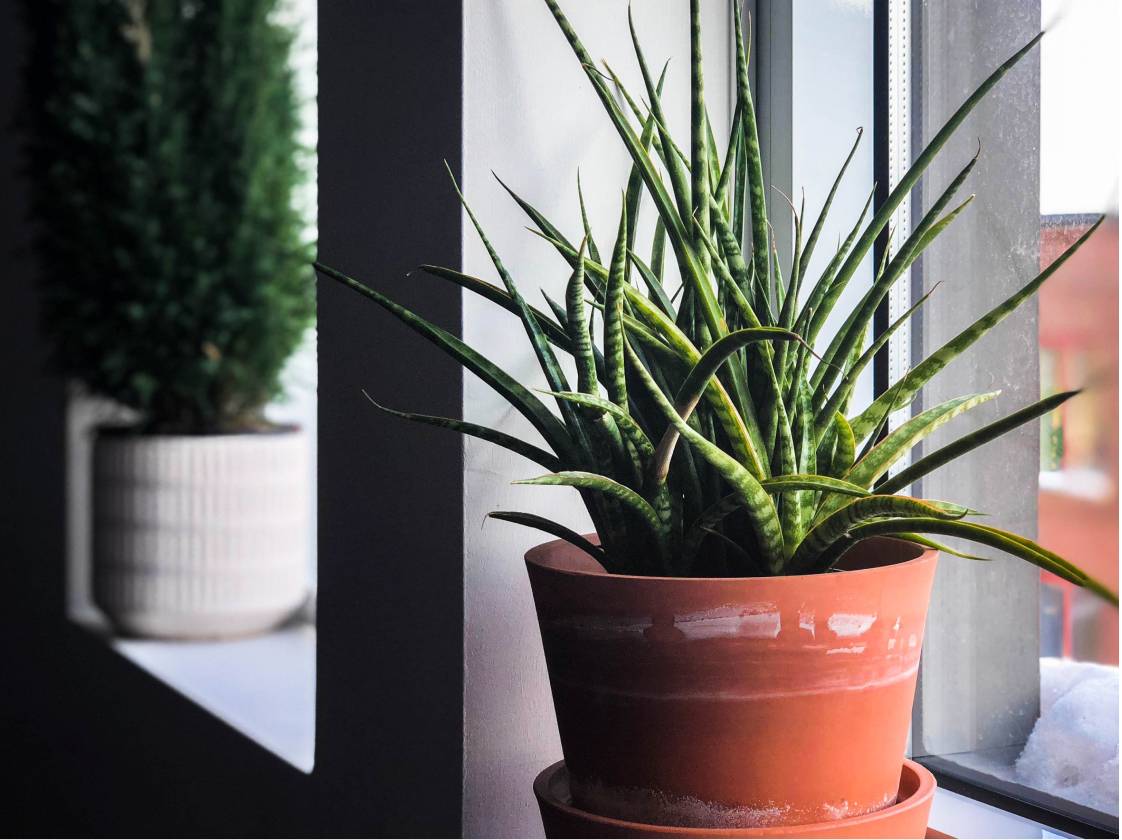
- Pest Control:
Occasionally, houseplants may fall victim to pests like spider mites, aphids, or mealybugs. To keep your plants healthy and pest-free:
- Inspect new plants for pests before introducing them to your indoor garden.
- Keep the leaves and surrounding area clean and free from dust.
- Isolate affected plants to prevent the spread of pests.
- Treat infestations with insecticidal soap, neem oil, or other organic pest control methods.
- Repotting and Root Care:
As your houseplants grow, they may require repotting to ensure they have enough space for root development. Here are some signs that it’s time to repot:
- Roots are growing out of the drainage holes or appearing on the soil surface.
- The plant is top-heavy and has difficulty standing upright.
- The soil dries out quickly after watering, or water runs straight through the pot.
When repotting, choose a pot that’s 1-2 inches larger in diameter than the current one, and be sure to use fresh, well-draining potting soil. Gently untangle any root-bound roots before placing the plant in its new home.
- Propagating Houseplants:
One of the joys of houseplant care is creating new plants through propagation. Many houseplants can be easily propagated through methods such as stem cuttings, division, or leaf cuttings. Some popular plants to propagate include:
- Pothos: Snip a 4-6 inch stem cutting with at least two nodes and place it in water until roots develop.
- Snake Plant: Divide the plant by carefully separating the roots and repotting each section.
- Succulents: Remove a healthy leaf and allow it to callous over for a few days before placing it on well-draining soil.
- Houseplant Care Resources:
As you embark on your houseplant care journey, remember that there is a wealth of information and support available. Here are some resources to help you grow your indoor jungle:
- Houseplant care books: Look for titles like “The Complete Houseplant Survival Manual” by Barbara Pleasant or “The New Plant Parent” by Darryl Cheng.
- Online forums and social media groups: Connect with fellow plant enthusiasts on platforms like Reddit’s r/houseplants or Facebook groups dedicated to plant care.
- Local plant shops and nurseries: Speak with knowledgeable staff members who can provide guidance and recommend specific plants for your home.
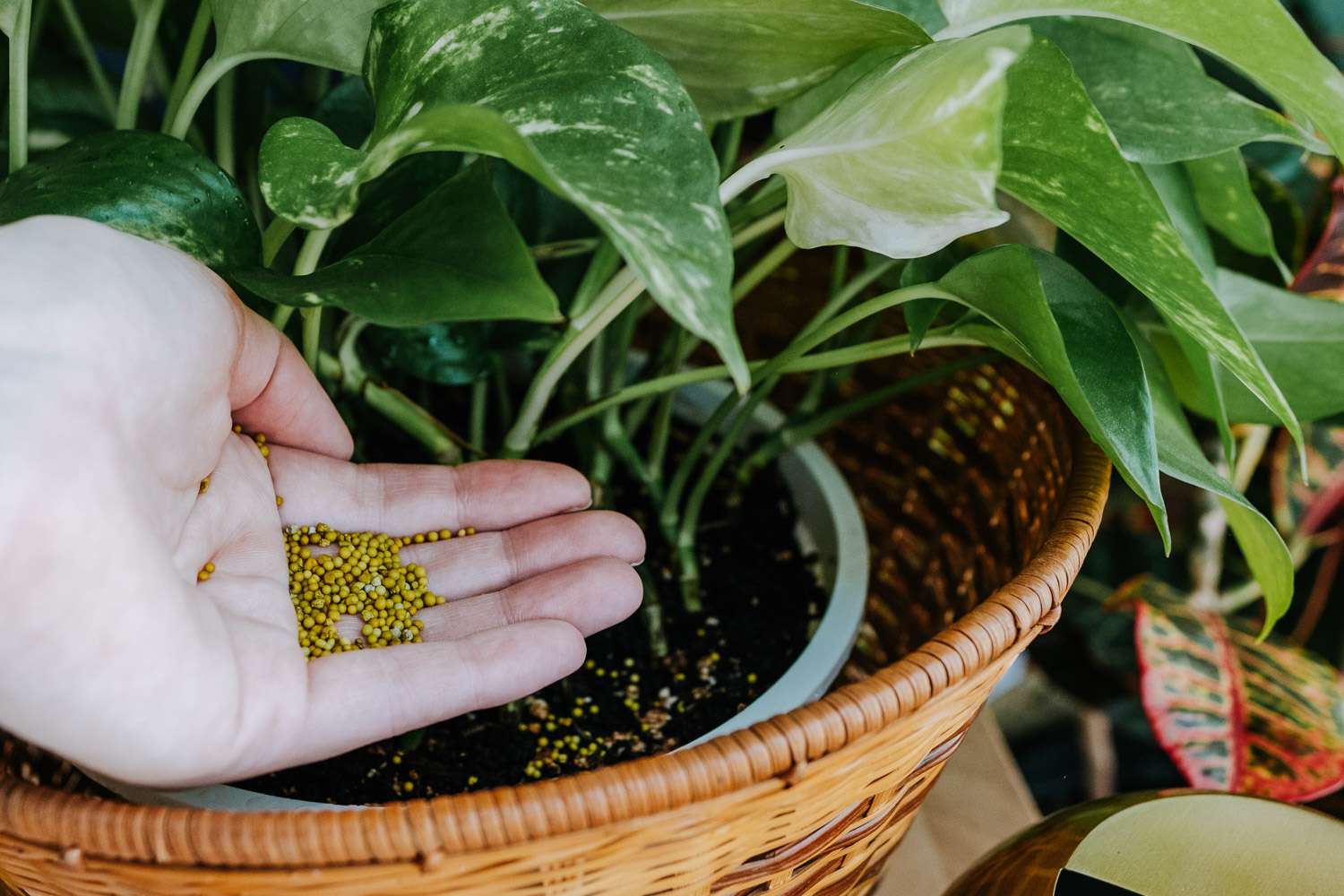
Caring for houseplants is a rewarding and therapeutic hobby that brings a touch of nature into your living space. By following our ultimate guide, you’ll be well on your way to nurturing a thriving, verdant indoor oasis. Embrace your inner green thumb and enjoy the calming presence of your leafy companions. Happy planting!
